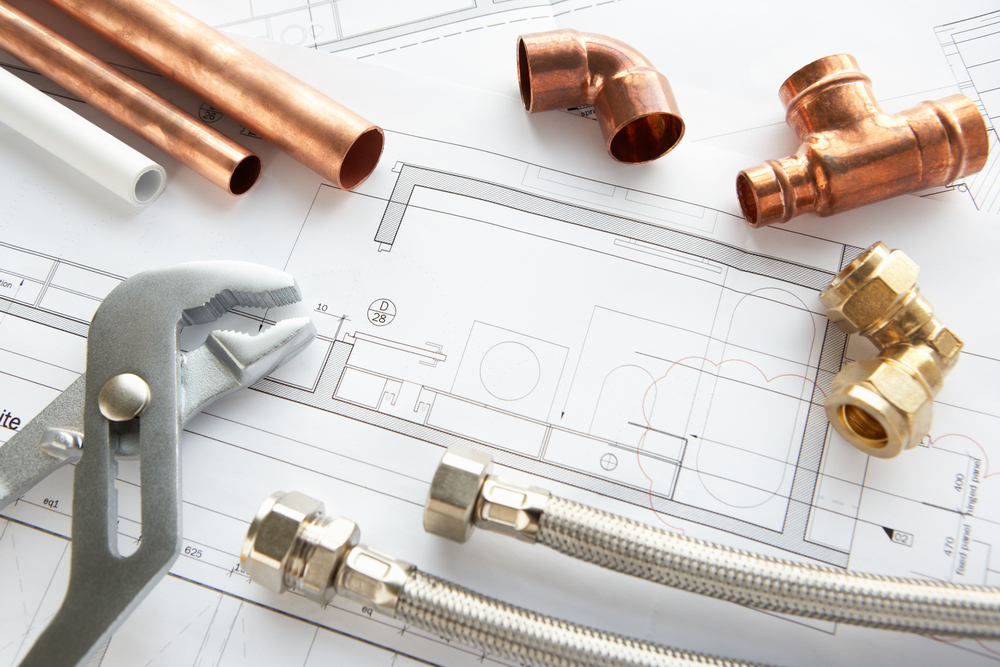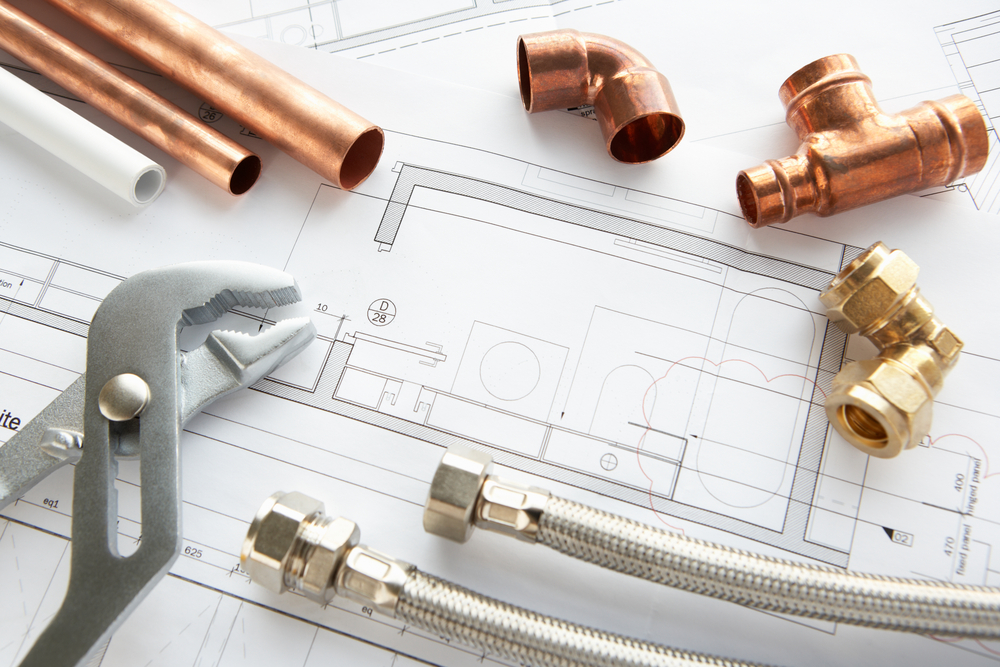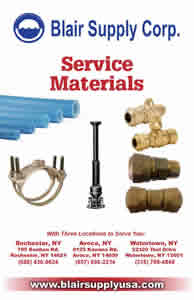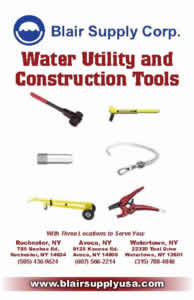Blog
Ford Compression Fittings vs. Grip Joint: Which One Should You Use?

If you’re a professional working on water service lines or municipal connections, chances are you’ve come across both Ford compression fittings and grip joints. While they are similar in appearance and purpose, these connectors work a little differently.
However, in critical infrastructures, a “little differently” can make a massive difference. This is why it’s imperative to know which one to use and when, as this can save you time, money, and a whole lot of headaches in the future.
 What’s the difference between a compression fitting and a grip joint?
What’s the difference between a compression fitting and a grip joint?
At first glance, it may seem that there’s no difference between the two connectors. At the core, grip joints and compression fittings serve the (almost) exact same purpose: to create a strong, lasting, and leak-free connection between two pipes. However, they achieve these goals in specific ways:
- Compression fittings use a tightening nut and internal ferrule to create a watertight seal around the pipe. When properly installed, the fitting compresses the pipe evenly, providing a strong mechanical grip and leak-free connection. These connectors are most commonly used for copper and polyethylene (PE) pipe connections.
- Grip joint fittings, on the other hand, feature a segmented stainless-steel ring that literally “grips” the outside of the pipe as you tighten the nut. This added mechanical restraint is particularly useful for high-pressure applications or where pipe pullout resistance is critical, which is why these connectors are often used in directional boring or where thrust blocking isn’t feasible.
Are compression fittings better than grip joints?
As shown above, whether one is better than the other depends wholly on the specific job objectives. For instance, if you’re working with poly pipe in a trench or low-pressure service, compression fittings are often sufficient and easier to install quickly.
However, if you’re installing pipe in an area with unusual movement risk, deeper mains, or no thrust blocks, grip joint fittings provide extra security that compression fittings just can’t match. Of course, we can’t cover every scenario, so here’s a next best thing: a quick comparison chart to help guide your decision.
| Feature | Compression Fitting | Grip Joint Fitting |
| Best for | Standard water service lines | High-pressure or high-risk pipe movement areas |
| Pipe Types | Copper, PE, HDPE | PE, HDPE, Copper (with some adapters) |
| Restraint | Relies on compression force only | Built-in mechanical grip for added pipe restraint |
| Ease of Installation | Very straightforward | Slightly more prep but offers a stronger hold |
| Pullout Resistance | Moderate | High |
One thing both these options have in common? They’re made with Ford’s signature reliability, so you can rest easy knowing that they are built to last and easy to work with.
On a final note, in addition to specific project specs, it’s imperative to check local codes and regulations. Some municipalities have strict requirements regarding materials in key infrastructures, and they may specify one type of fitting over another for certain applications.
 Who’s the top distributor of Ford compression fittings near me?
Who’s the top distributor of Ford compression fittings near me?
At Blair Supply Corp., we stock a full range of Ford couplings, fittings, and adapters in various sizes and configurations, as well as all other types of water mains and wastewater materials. Same as with Ford, we source all materials from some of the best manufacturers in the industry, ensuring complete reliability for our customers.
With nearly 70 years of experience and a well-developed network of trusted distributors, we cater to clients across the US, so you can rest assured that your materials will be delivered on time, regardless of geographical location. Get in touch with us today and discover why we’ve been trusted partner for professionals across different industries for so long!

 Who’s the top distributor of Ford compression fittings near me?
Who’s the top distributor of Ford compression fittings near me?




